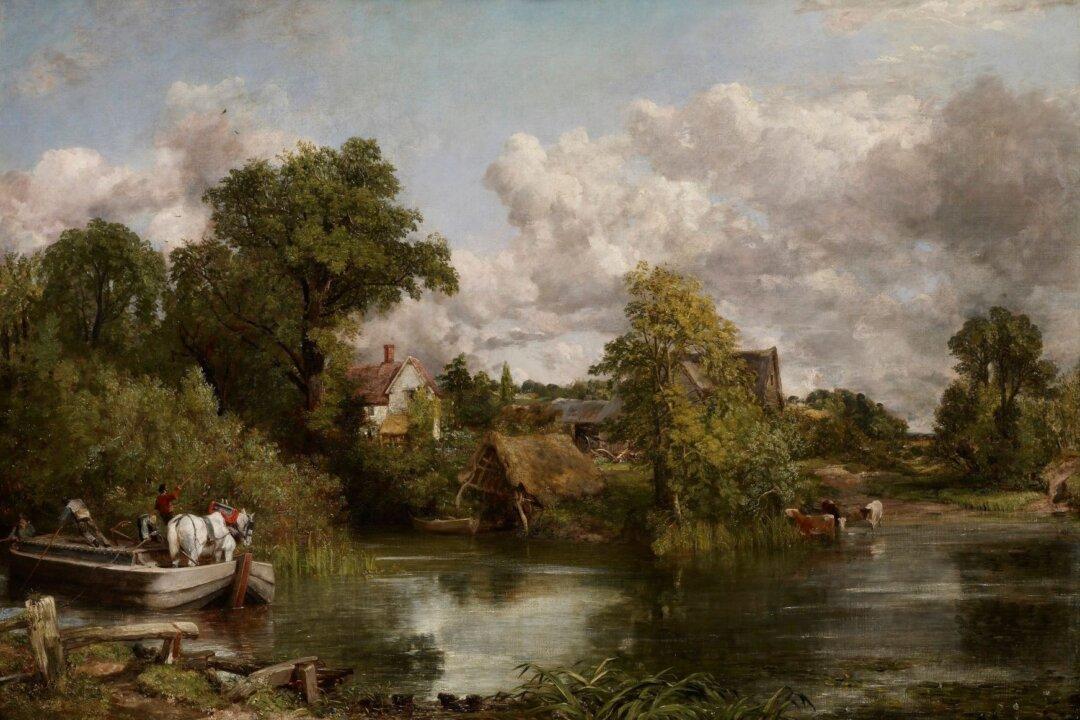Cumulus, stratus, cirrus, nimbus.
Objects with these strange names affect our lives in many ways. Like a bucket overfilled with water, they pour out rain and snow; with the wind as their partner, they whip up tornadoes and hurricanes; in a pile of styles and sizes, they dress up a clear sky. Like a mother’s arms, they encircle the land with protection and love. We call them clouds.






